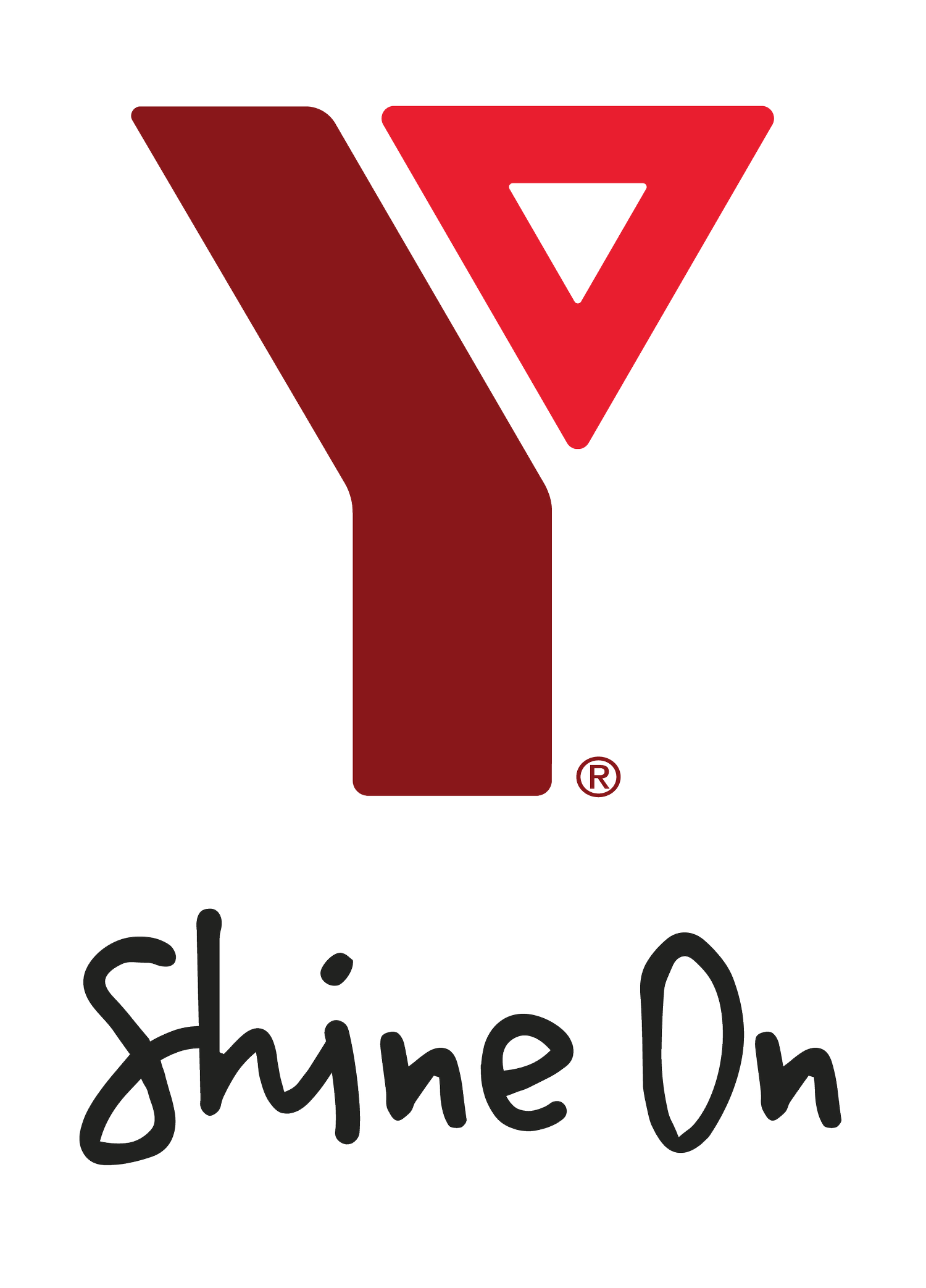Four Techniques to Soothe Sore Muscles
Morning-after aches can be a good thing — they’re often proof you got a good workout the day before. Still, they can be pretty uncomfortable, especially if you tried a brand-new exercise for the first time, or upped your reps. Here are four ways to alleviate that day-after soreness, so you can feel ready for one of our online classes again tomorrow:
1. Take a warm bath with Epsom salts
You can pick up a box of these inexpensive tension alleviators at your local pharmacy or supermarket. Add 1–2 cups to your evening bath while the water is still running, then soak the achy joint in question (or your whole body) for at least 15 minutes. The warm water will improve blood flow to your sore spots, helping loosen them up. This is our favourite option because it’s pain-free and ultra-relaxing.
2. Try a self-massage and grab some tools for hard-to-reach areas like your back
Just like a warm bath, a light massage will facilitate circulation throughout your body. That means more oxygen and nutrients are coming to the aid of your sore muscles, helping to repair them. Self-massage can be especially effective since you know exactly where you’re aching. Start gentle and gradually begin rubbing your muscles more deeply as they relax. Try adding a tennis ball into the mix for hard-to-reach spots. If your back is feeling sore, place the tennis ball on the muscle you’d like to target and lean against a wall with the ball placed between you and the wall. Find the sore spot with the ball and pause there, applying gentle pressure as you breathe and allow a release to happen. Be careful not to roll the ball over any bony areas or joints; that means you should avoid your spine completely.
3. Walk it off
Take a slow, gentle walk around the block. This isn’t your cardio time, so don’t make it a power walk that could tighten you up even more. Instead, stroll slowly while you focus on your breathing to enhance your circulation and help your muscles get the oxygen they need to recover. You can also pair up with a neighbor or friend for a physical distance walk; some light conversation guarantees that you’ll keep breathing, and will distract you from your aches.
4. Apply heat (not ice!)
In case you haven’t noticed, warm baths, massages, and long walks all have one thing in common: they promote blood flow through your aching muscles, helping them to repair themselves after the tough workout that broke them down. Ice, on the other hand, merely numbs your pain while actually hindering that healing Namely, ice constricts your blood vessels, preventing oxygen and nutrients from getting to achy muscles, and can actually make you more stiff. Try using a heating pad instead.
One important note: if your soreness lasts longer than a few days, consult your doc, physiotherapist, or personal trainer to confirm you haven’t injured yourself. Muscle soreness is a completely normal part of working out and getting stronger, but injuries are not. You can tell if something more serious is going on if you’re feeling sharper, intense pain, and if it gets worse instead of better over the next several days. Healthy and normal soreness will also be muscular, whereas an injury might involve joint pain.
Remember, it’s okay to take a day off — in fact, if you strength train every day, you’ll actually stunt your own progress. Instead, use your days in between workouts to try a bath, massage, or walk that will leave your muscles feeling repaired and ready to go when it’s time for your next session.
Written by The Bright Spot - YMCA of Greater Toronto. Read more at https://brightspot.ymcagta.org/blogs.
